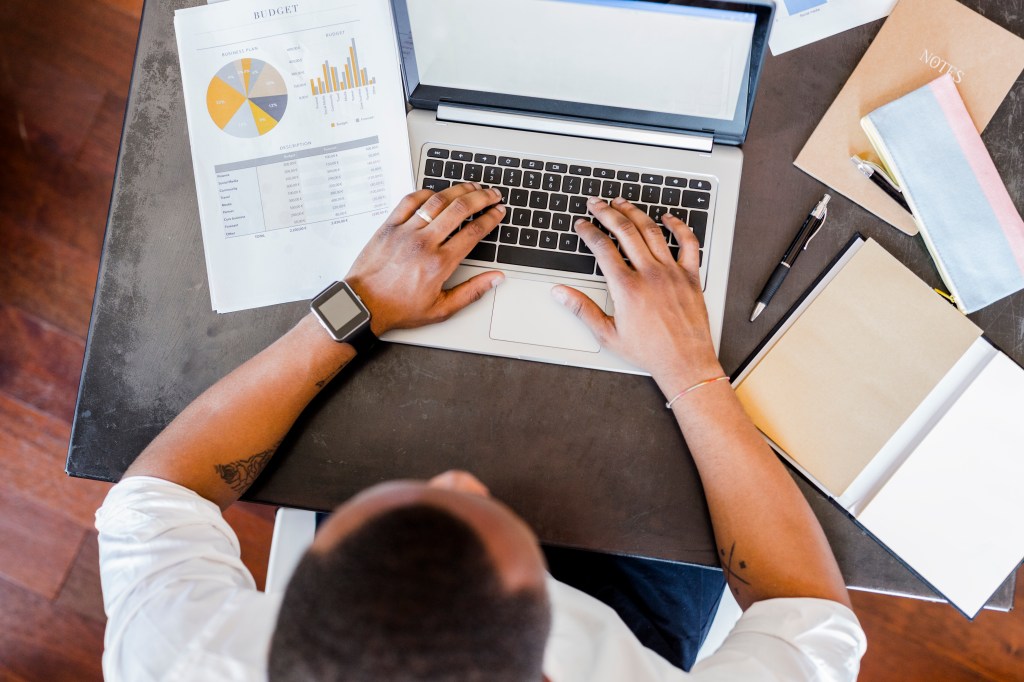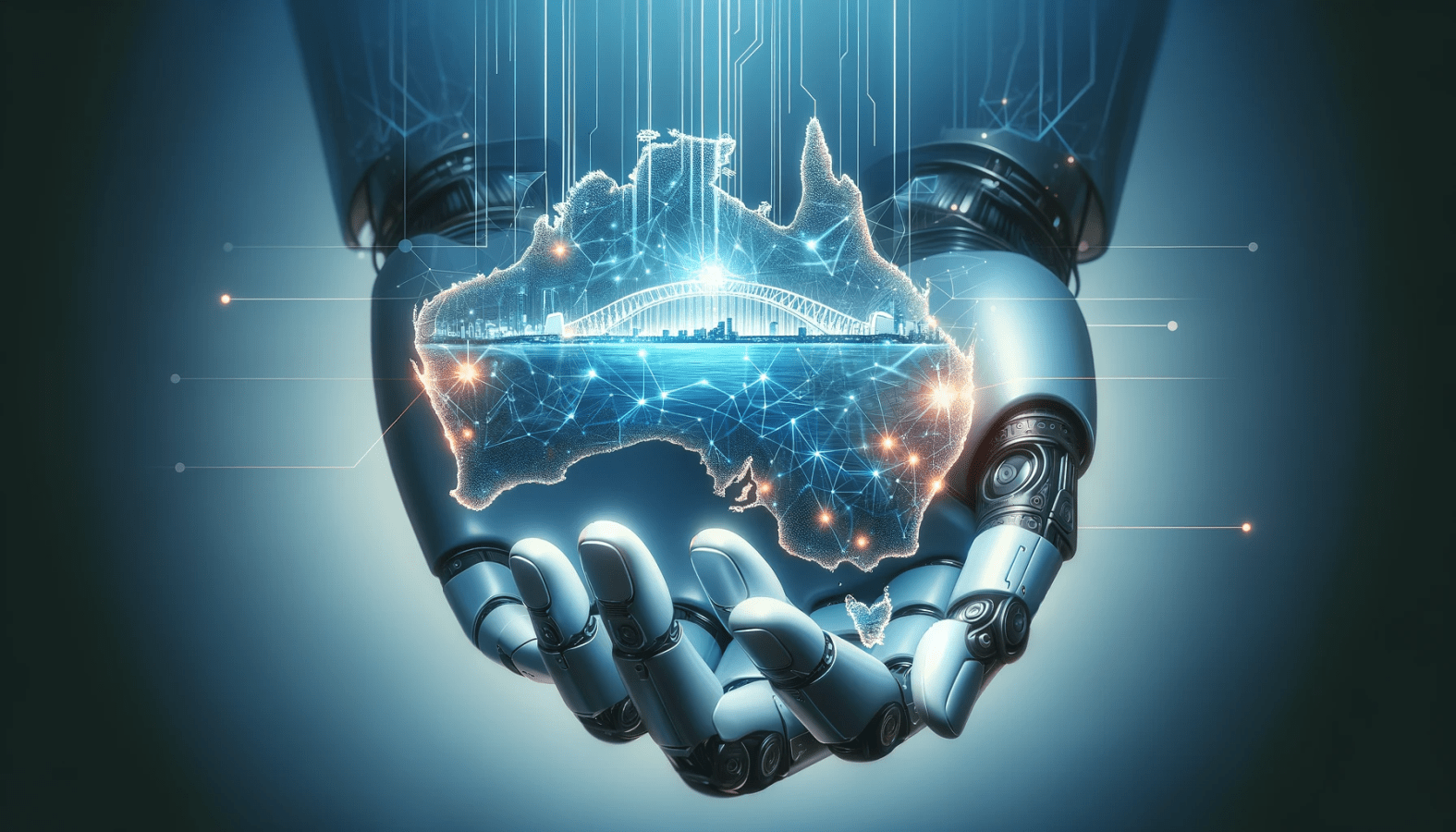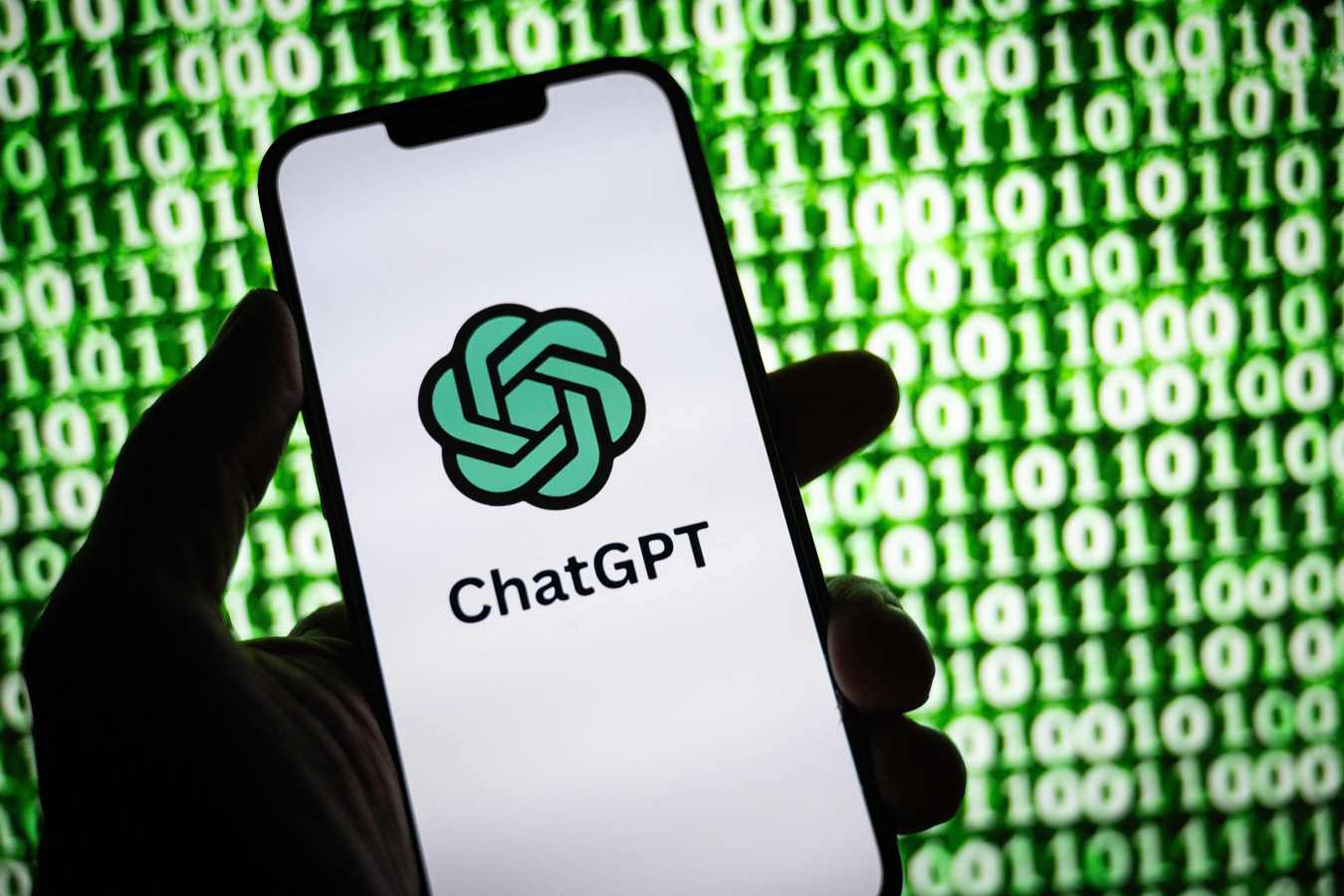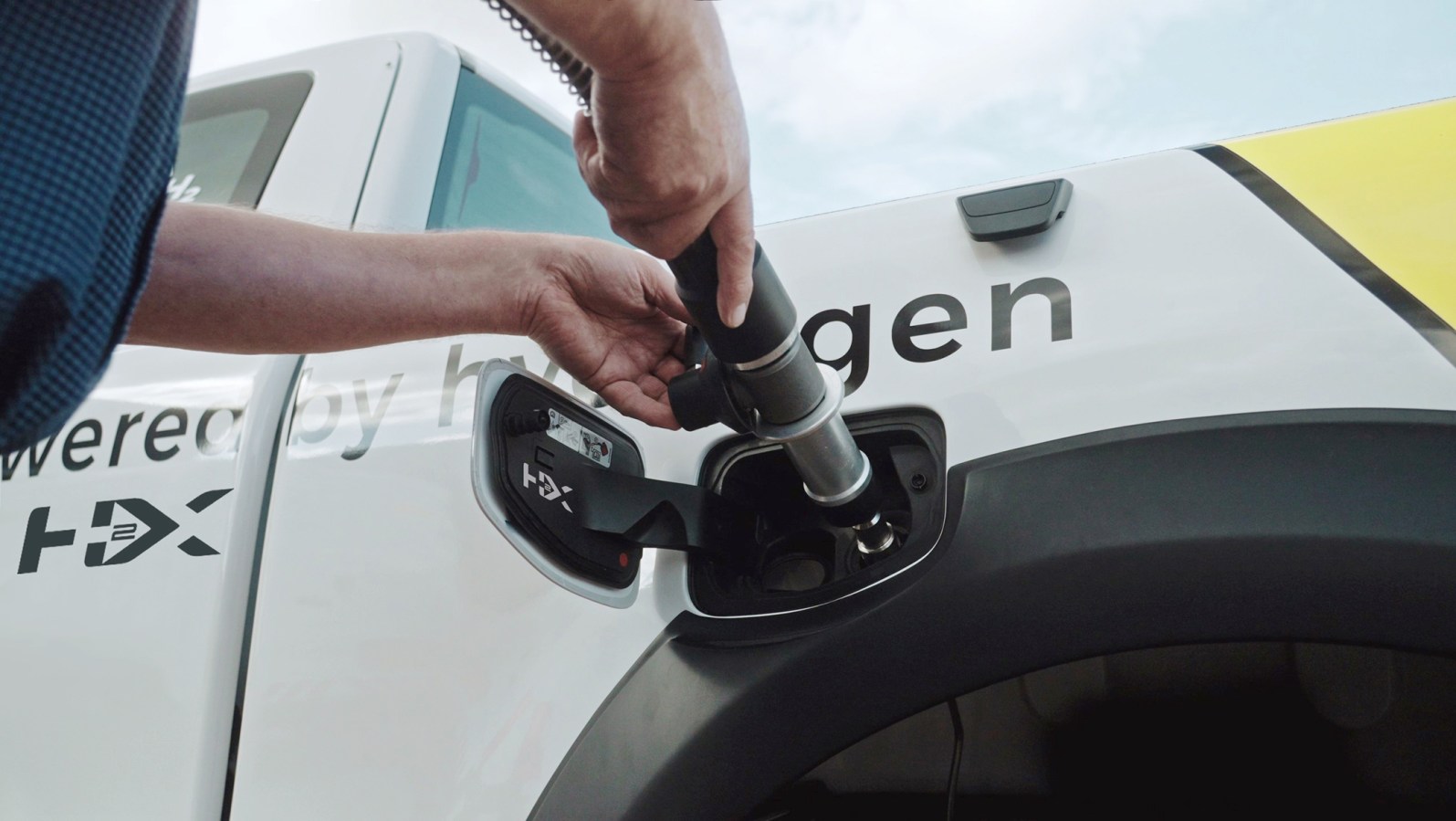Generative AI has the potential to deliver a step-change in productivity, and reduce ‘digital debt’, Microsoft’s executives say.

By Sarah Carney, Chief Technology Officer, Microsoft Australia and New Zealand; and Karlee Scott-Murphy, Global Domain Lead – Employee Experience, Microsoft Australia and New Zealand
Since ChatGPT’s debut in November 2022, the adoption of generative artificial intelligence (generative AI) has been significant. Generative AI, which encompasses advanced algorithms capable of producing text, images and other content that simulates human creativity, has rapidly transformed the technology landscape. Within two months of its launch, ChatGPT amassed 100 million monthly active users. Today, tens of millions of new users are logging in to OpenAI’s chatbot each week as new apps and use cases emerge.
As a world of possibility is explored, it is generative AI’s potential to deliver a step-change in productivity and reduce the ever-increasing ‘digital debt’ of emails, chats, calls and meetings that is sparking the most excitement for knowledge workers and employers. New research on the earliest users of Microsoft’s generative AI productivity service, Copilot for Microsoft 365, reveals that 70 per cent of users said they were more productive and the time to complete common tasks was on average 29 per cent faster with Copilot.
Quantifying the productivity benefits of generative AI
As has been well documented, one of generative AI’s greatest strengths is automating and augmenting routine tasks – from drafting emails to organising meetings, analysing Excel spreadsheets and preparing summaries. This frees up employees’ time, allowing them to focus on the more strategic and creative aspects of their role.
For example, generative AI can expedite the document preparation process, which is of great value to knowledge workers across all industries and functions. FSI professionals can use generative AI to scan market data, generate alerts when anomalies in risk metrics arise, and summarise the root causes and impacted segments driving the change in the appropriate document formats, to shape the subsequent action plan. Similarly, marketers can summarise articles to include in newsletters or create drafts of event invitations that can be quickly refined with their own creativity.
Finding ways to measure these time improvements can be relatively straightforward. Firstly, through anecdotal feedback from users – as it’s clear that many early users are eager to share examples of time saved in their day – and even savings of an hour per week per person can greatly benefit the bottom line. Another data-driven way is for organisations with Microsoft Viva integrating with Copilot for Microsoft 365, to use the new Copilot Dashboard that surfaces changes in productivity based on meetings, chat, email and document data (with comparisons for non-Copilot users). It will provide clear data to measure the impact of generative AI on common productivity areas and will often be what leadership teams and boards will be looking for to demonstrate ROI.
But generative AI for workforce productivity is about more than just unlocking efficiencies. Its ability to reshape collaboration and improve employee fulfilment and wellbeing are other important reasons why organisations are considering solutions like Copilot. However, measuring change in these areas can be more complex than simply looking at speed to complete tasks or quality of output – organisations must dive deeper into behavioural insights to understand the true impact of AI on their workplace.
Related
Generative AI’s influence on collaboration and wellness
Data has shown that often a high number of meetings with a high number of participants, coupled with workday hours that span into personal time, can be risk factors for burnout. Meetings typically foster collaboration, however, not all collaboration is effective and linked to high impact or fulfilling work. The more meetings we attend – particularly if many of them are with high numbers of participants – the more time we may spend catching up outside of normal business hours.
Microsoft’s latest Work Trend Index found that we are in three times more meetings than we were in 2020, while productivity signals indicated that meetings were the number one productivity inhibitor. AI has a huge role to play in rethinking meetings. From enabling fast recaps to asking questions such as, “what were my actions?” or “what was the update on the project from my peer?”, meetings are no longer a single point in time but a digital artefact that people can interact with long after the meeting takes place.
In the research, early Copilot users on average reduced the time it took to catch up on missed meetings from 43 minutes to just 11 minutes – that’s four times faster than without generative AI technology. Whether that results in more uninterrupted focus time for employees to spend on the work that drives the greatest impact, or better work life balance, will be an interesting area to explore over the coming months.
So how would you measure this? The measure of success extends beyond whether there are less meetings taking place. It requires a deep dive into the quantity and the quality of interactions, as well as how they contribute to employee satisfaction and risk of burnout.
Leaders should look at changes in the collaboration networks across an organisation in tools like Viva Insights to uncover trends and behaviours across the workforce. It means assessing things like changes in the time spent in small meetings versus large, workday spans, as well as how regularly the workforce has uninterrupted focus time. These insights can provide a picture into how AI tools like Copilot are changing an organisation’s meeting culture and collaboration effectiveness.
Related
Who leads the charge?
The integration of generative AI into workplace practices marks a significant cultural shift. It’s not merely about automating existing processes but strategically rethinking how work gets done. This shift demands a thoughtful approach to change management, requiring organisations to adapt and evolve in ways they haven’t before. For example, instead of being methodical and structured in training employees for a new system, early adopters of Copilot found that it was more important to adopt a notion of experimentation, as well as a culture of learning and willingness to share knowledge that’s really had the greatest impact on adoption and use.
Responsibility for generative AI’s ROI is also moving from being the sole domain of IT teams to a more inclusive, cross-divisional approach. This means closer collaboration between the HR and IT departments to understand the full impact of AI on both the technological and human aspects of the workplace. The chief human resource officer (CHRO) or HR Director plays an increasingly important role in this context, bridging the gap between people and technology. HR leaders, with their deep insights into how technology is impacting employee wellbeing and collaboration effectiveness, will be important in leading the organisation’s adoption of AI to drive meaningful change in the workplace.
As organisations look to adopt generative AI services to support productivity in their workforce, they must start firstly with the privacy, security, and governance imperatives, and then incorporate a deep understanding of how they will measure the ROI and impact. By strategically approaching this upfront, businesses can not only track the productivity gains brought by AI but also ensure that these gains translate to a healthier, more collaborative and fulfilling work environment for their employees.
Look back on the week that was with hand-picked articles from Australia and around the world. Sign up to the Forbes Australia newsletter here or become a member here.



